Ryuzo Okada
Physical Cue based Depth-Sensing by Color Coding with Deaberration Network
Aug 01, 2019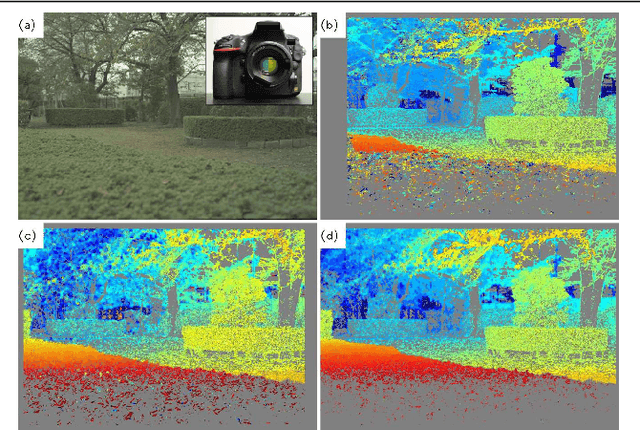
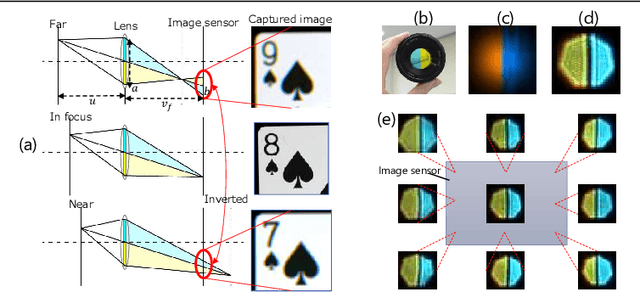
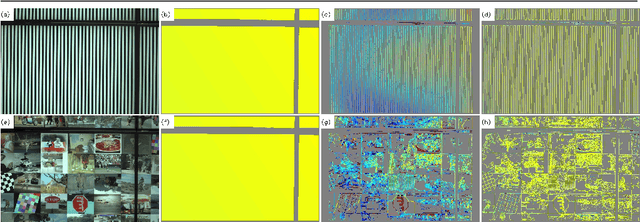
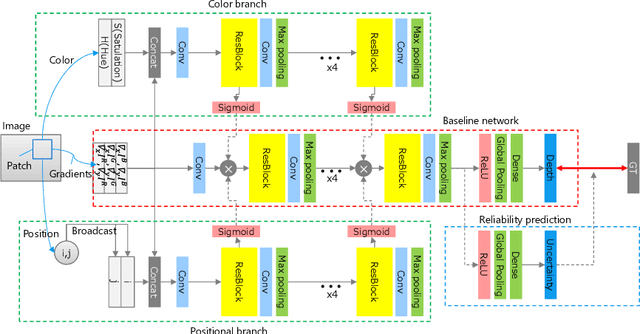
Abstract:Color-coded aperture (CCA) methods can physically measure the depth of a scene given by physical cues from a single-shot image of a monocular camera. However, they are vulnerable to actual lens aberrations in real scenes because they assume an ideal lens for simplifying algorithms. In this paper, we propose physical cue-based deep learning for CCA photography. To address actual lens aberrations, we developed a deep deaberration network (DDN) that is additionally equipped with a self-attention mechanism of position and color channels to efficiently learn the lens aberration. Furthermore, a new Bayes L1 loss function based on Bayesian deep learning enables to handle the uncertainty of depth estimation more accurately. Quantitative and qualitative comparisons demonstrate that our method is superior to conventional methods including real outdoor scenes. Furthermore, compared to a long-baseline stereo camera, the proposed method provides an error-free depth map at close range, as there is no blind spot between the left and right cameras.
Target Aware Network Adaptation for Efficient Representation Learning
Oct 02, 2018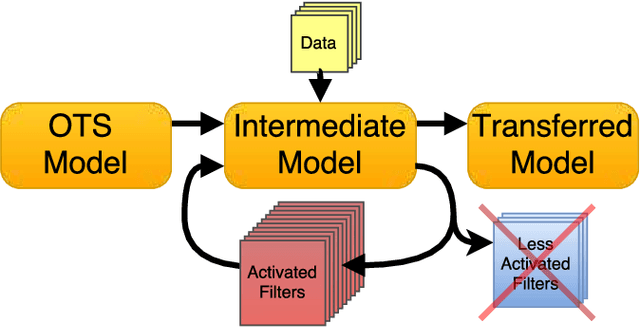

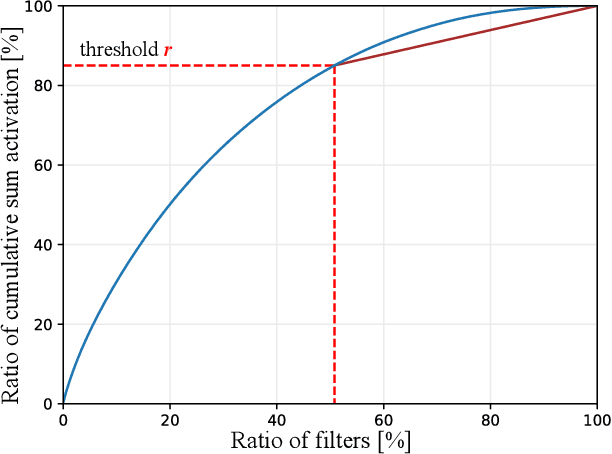

Abstract:This paper presents an automatic network adaptation method that finds a ConvNet structure well-suited to a given target task, e.g., image classification, for efficiency as well as accuracy in transfer learning. We call the concept target-aware transfer learning. Given only small-scale labeled data, and starting from an ImageNet pre-trained network, we exploit a scheme of removing its potential redundancy for the target task through iterative operations of filter-wise pruning and network optimization. The basic motivation is that compact networks are on one hand more efficient and should also be more tolerant, being less complex, against the risk of overfitting which would hinder the generalization of learned representations in the context of transfer learning. Further, unlike existing methods involving network simplification, we also let the scheme identify redundant portions across the entire network, which automatically results in a network structure adapted to the task at hand. We achieve this with a few novel ideas: (i) cumulative sum of activation statistics for each layer, and (ii) a priority evaluation of pruning across multiple layers. Experimental results by the method on five datasets (Flower102, CUB200-2011, Dog120, MIT67, and Stanford40) show favorable accuracies over the related state-of-the-art techniques while enhancing the computational and storage efficiency of the transferred model.
 Add to Chrome
Add to Chrome Add to Firefox
Add to Firefox Add to Edge
Add to Edge